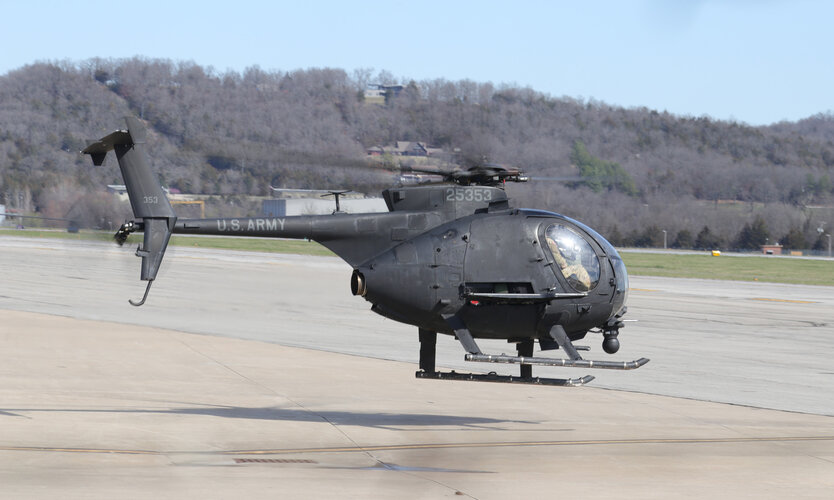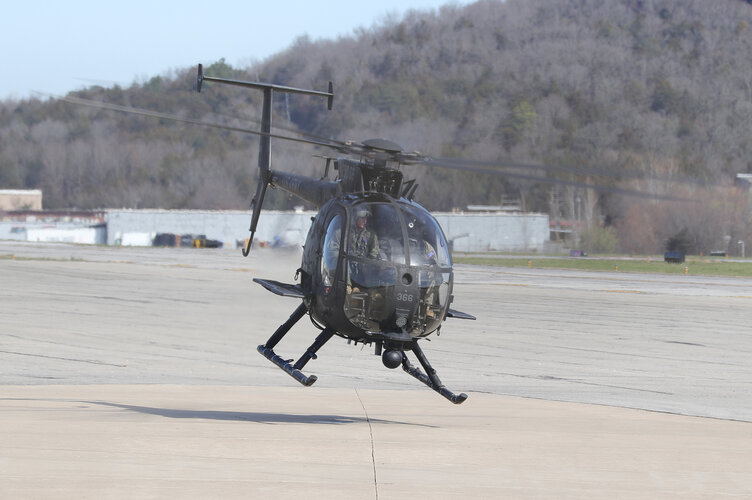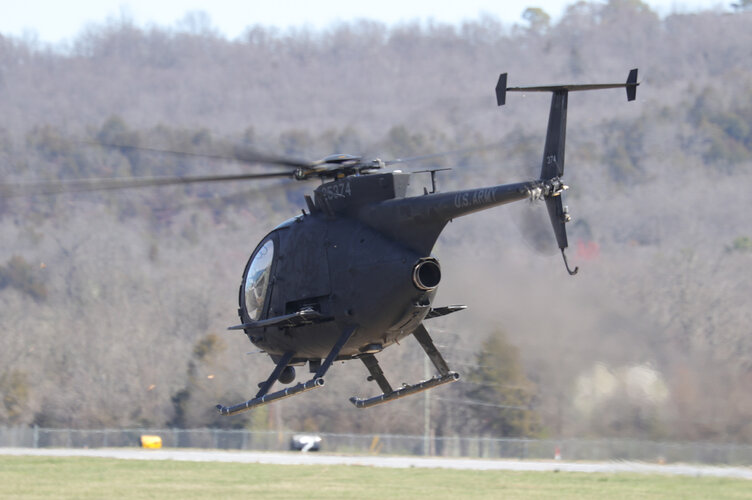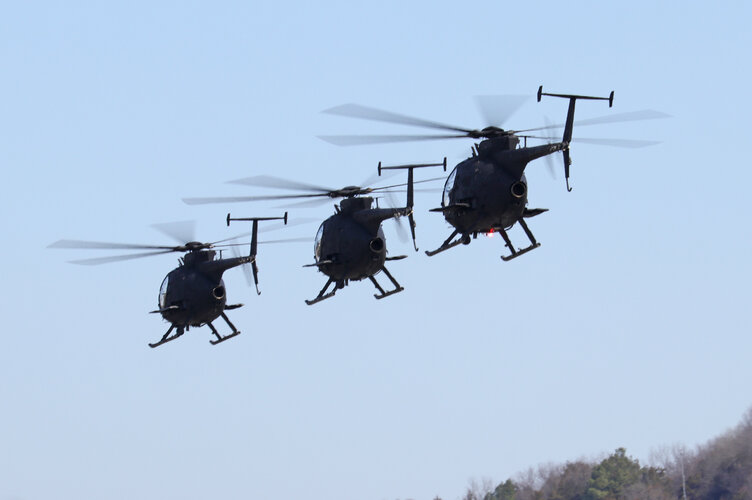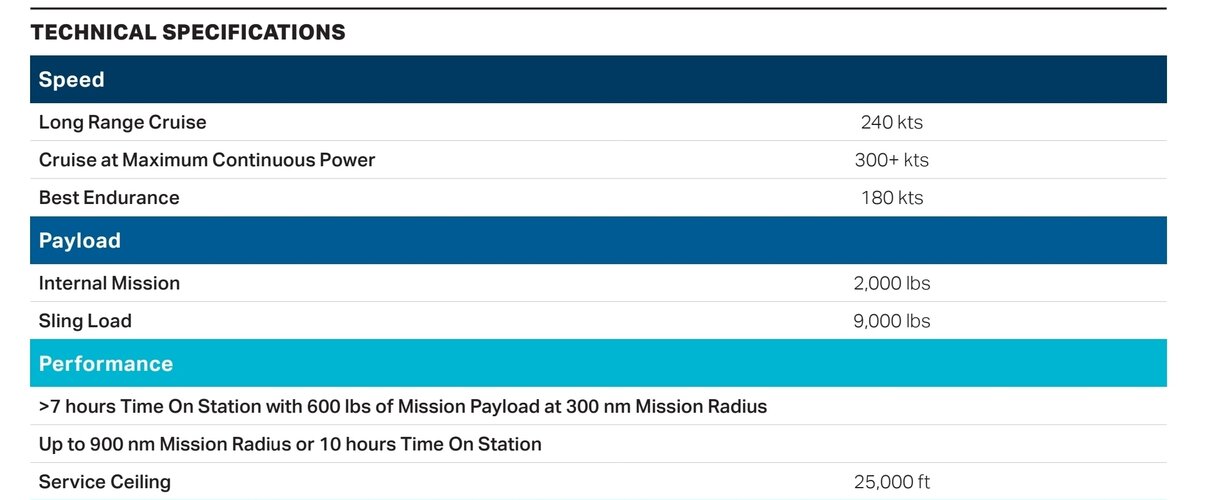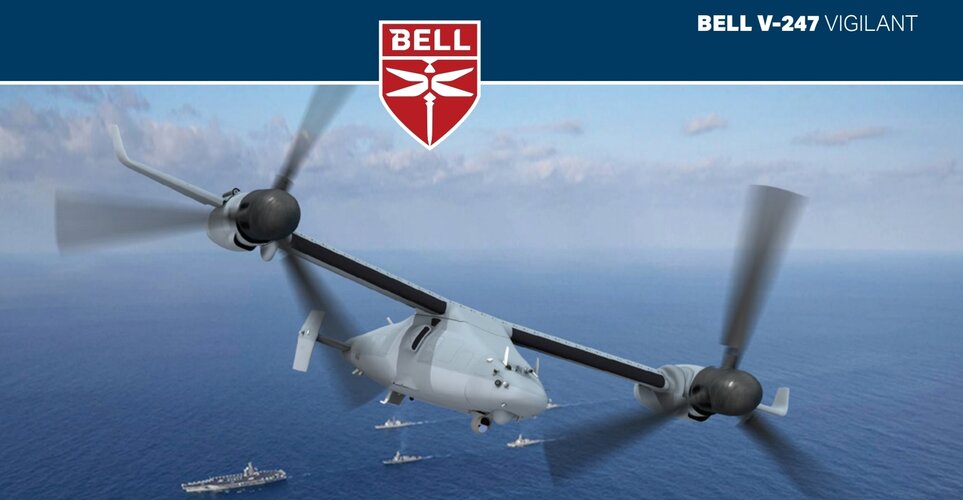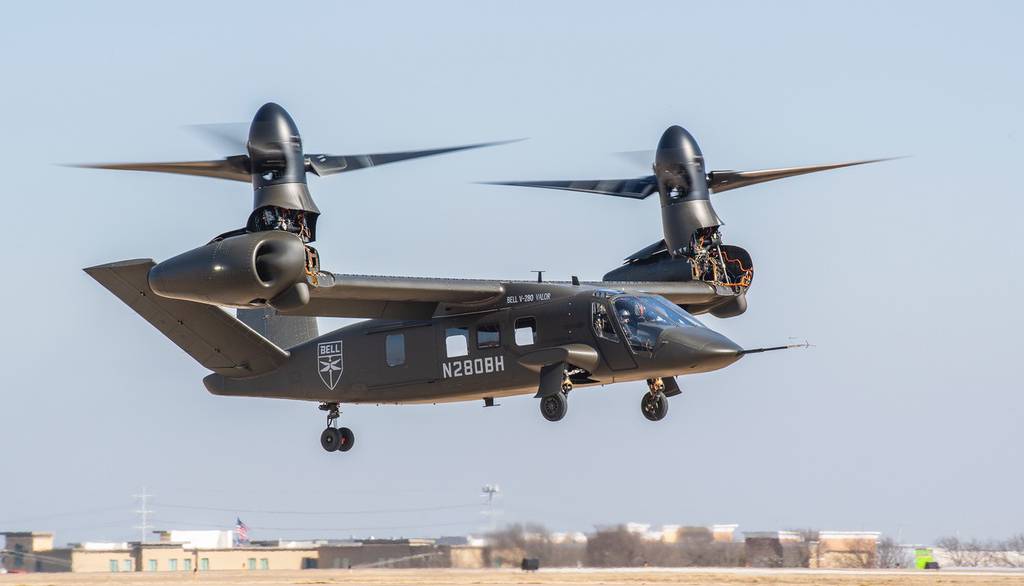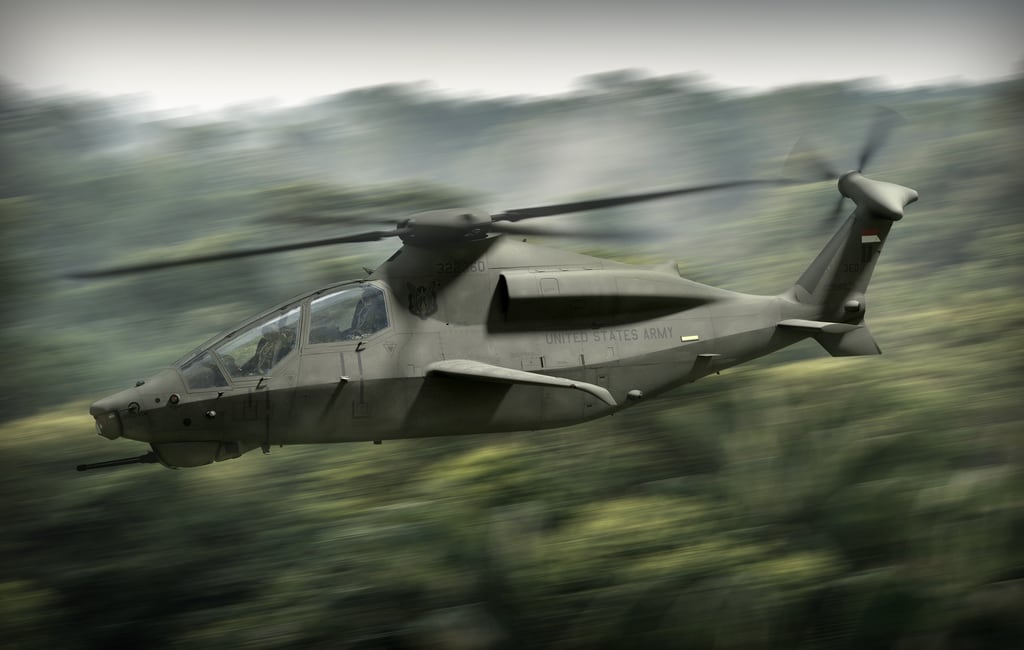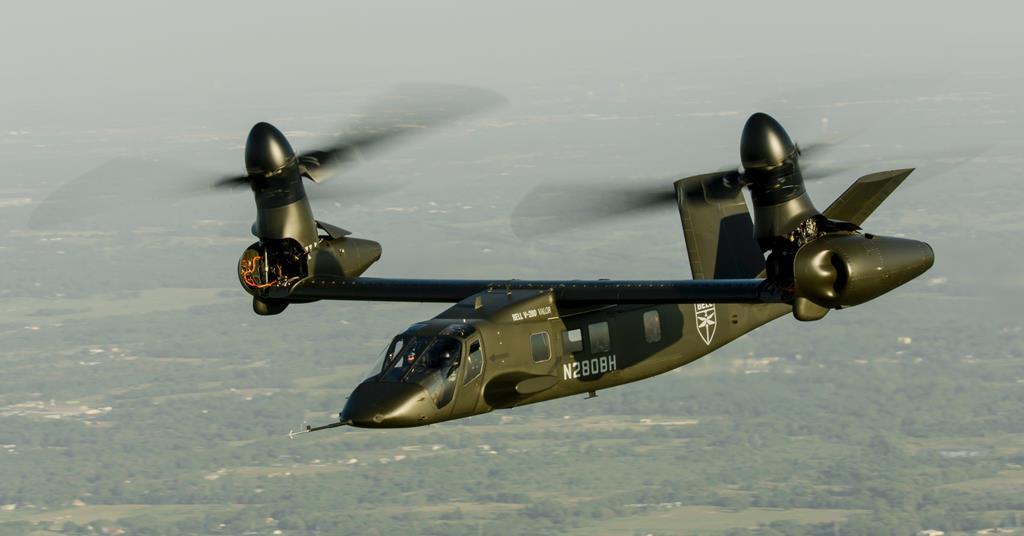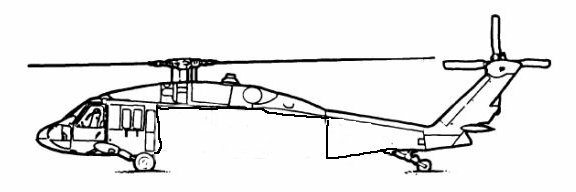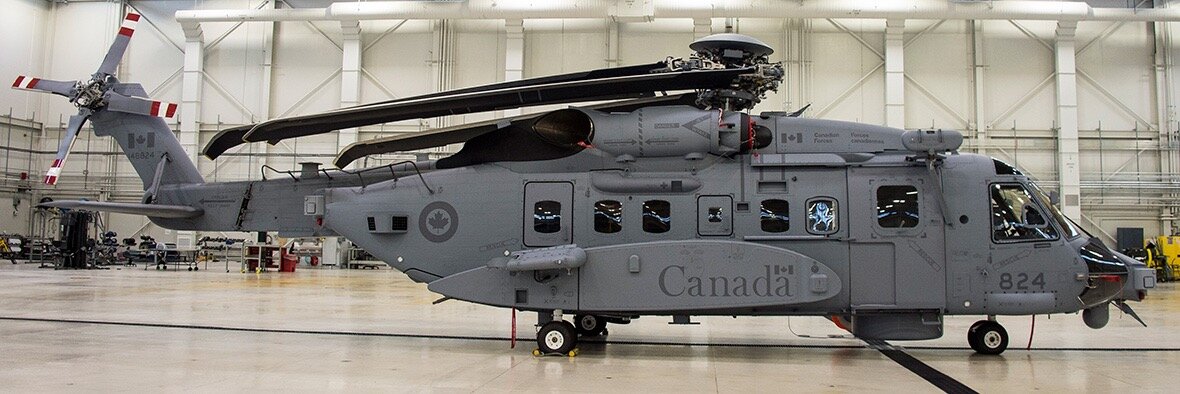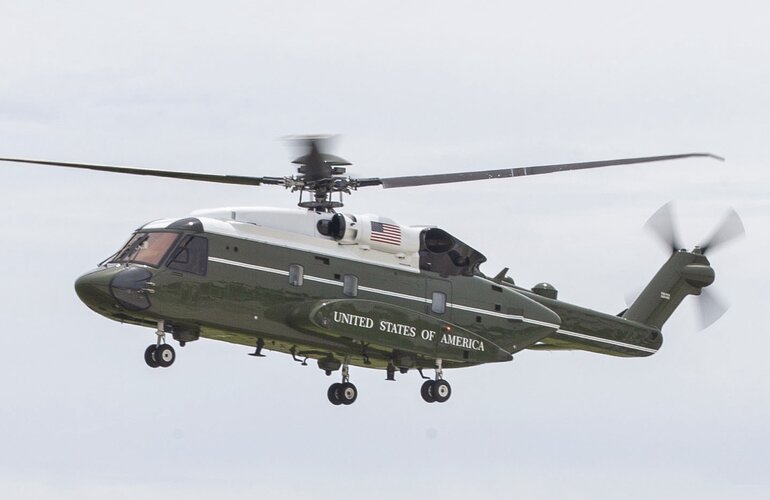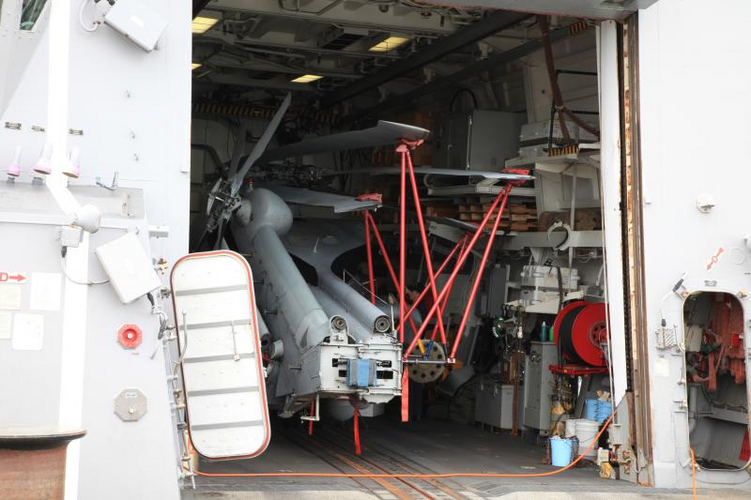Colonial-Marine
UAVs are now friend, drones are the real enemy.
- Joined
- 5 October 2009
- Messages
- 1,470
- Reaction score
- 1,323
https://breakingdefense.com/2024/04...d-about-job-cuts-at-sikorsky-helicopter-unit/
The Connecticut delegation is of course primarily concerned about the jobs aspect of things, but I do wish there was some more questioning about the Army's logic with this decision. How much input did Army helicopter crewmen get in the big picture? How can we be reassured they aren't making the same mistake made 20 years ago when the RAH-66 was cancelled citing the exact same reasoning?
Personally, I am still in favor of having such a manned dedicated reconnaissance helicopter used as FAC for drones. If the "nothing but drones" crowd always has their way it won't be long now before we start seeing cuts to the fleet of AH-64s. And despite the talk I have yet to hear anything about a new program for a relatively large, unmanned rotorcraft like UCAR was supposed to be.
The Connecticut delegation is of course primarily concerned about the jobs aspect of things, but I do wish there was some more questioning about the Army's logic with this decision. How much input did Army helicopter crewmen get in the big picture? How can we be reassured they aren't making the same mistake made 20 years ago when the RAH-66 was cancelled citing the exact same reasoning?
Personally, I am still in favor of having such a manned dedicated reconnaissance helicopter used as FAC for drones. If the "nothing but drones" crowd always has their way it won't be long now before we start seeing cuts to the fleet of AH-64s. And despite the talk I have yet to hear anything about a new program for a relatively large, unmanned rotorcraft like UCAR was supposed to be.

